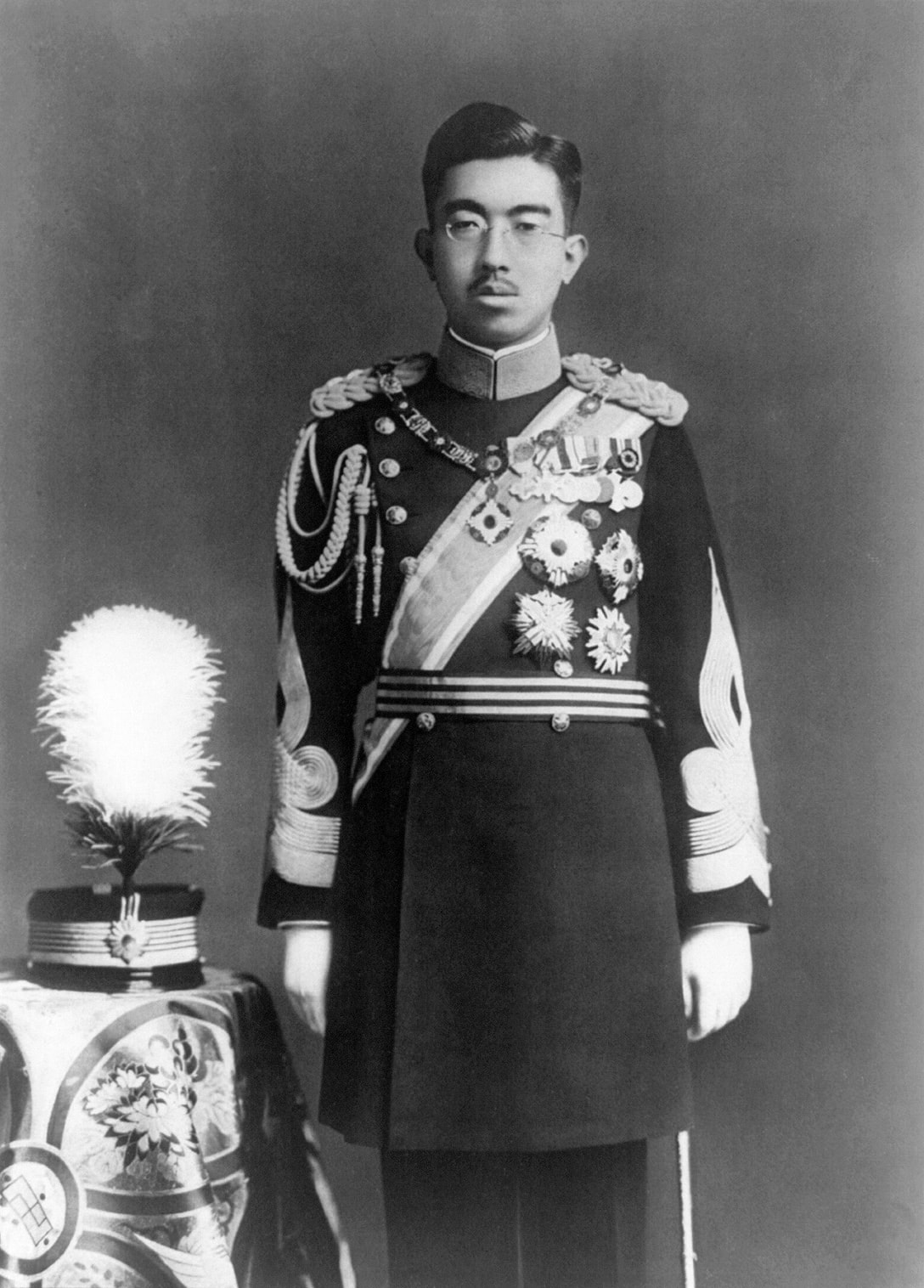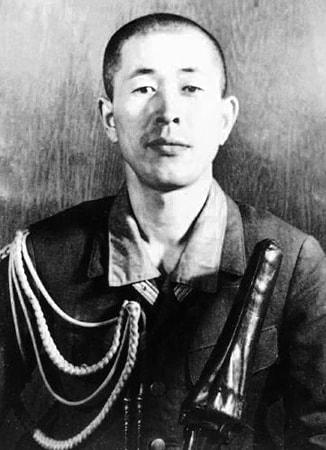|
On the night of 14 August 1945, rogue Japanese officers made a last-minute attempt to stop the transmission of a surrender message by Emperor Hirohito. If they would have been successful in continuing the war they would have likely doomed the Japanese people to use truly last-ditch weapons such as this "Pole Bayonet" in the defense of their home islands. Click below to read more! Dubbed the Kyūjō incident, the attempted coup sought to isolate the Emperor, prevent the broadcast of the Imperial rescript accepting the terms of the Potsdam Declaration (effectively unconditional surrender), and keep the fight going against the Allied forces.
What-if history is always fraught with peril since it forces you to take guesses and imagine the outcome of events that never came to pass. But what is certain is that if the Allies would have been forced to invade the Japanese home islands it would have been incredibly bloody for all involved. It may have also have ultimately led to a fractured and Soviet occupied Japan along the lines of North Korea or East Germany -- and we know how well those turned out. Since mid-1943, as the Allied war effort island-hopped ever closer to Japan, Japanese war industry had begun simplifying and expediting the production of weapons. Rifles that had been finely machined and finished in the late 30's and early 40's became crude (although perfectly functional) shadows of their former selves by mid-1945. Bayonets followed a similar path, with the elimination of the hooked guard, elimination of machining steps, deletion of the fuller (aka blood groove), and substitution of bamboo and wood for metal in the scabbards. The true terminal de-evolution of Japanese weapons though, and the only one I would truly consider "last-ditch", is the pictured "Pole Bayonet". While based on the final simplified pattern of the Japanese Type 30 bayonet, it is not a bayonet at all because it lacks any provision for attaching it to a service rifle. Instead the two holes machined into the cross guard allow it to be securely lashed to a wood, bamboo, or metal pole and used as a spear or pike. This particular example was produced at the Jinsen arsenal in Korea, and was made in anticipation of the need for arming Japanese civilians and non-combatant troops (cooks, logistics folks, etc) for the final defense of their homeland. It lacks a fuller, and the blade is crudely machined and scarcely finished (although oddly enough they took the time to stamp a serial number on the tang). I have it pictured alongside a late war Type 30 rifle bayonet to show the immediate differences, especially in the pommel and cross guard. Even the scabbards are different however (although interchangeable if needed) with the pole bayonet's being extremely thin and fragile in comparison to the fairly robust version found on the actual bayonet. Surviving pole bayonets are actually fairly uncommon because of their late war nature and the fact that they made crappy souvenirs for returning GIs who instead naturally gravitated towards less rough looking items.
0 Comments
Leave a Reply. |
Jon K.Weapons collector, history buff, Army officer, Pug enthusiast. Archives
December 2020
Categories
All
|


 RSS Feed
RSS Feed
